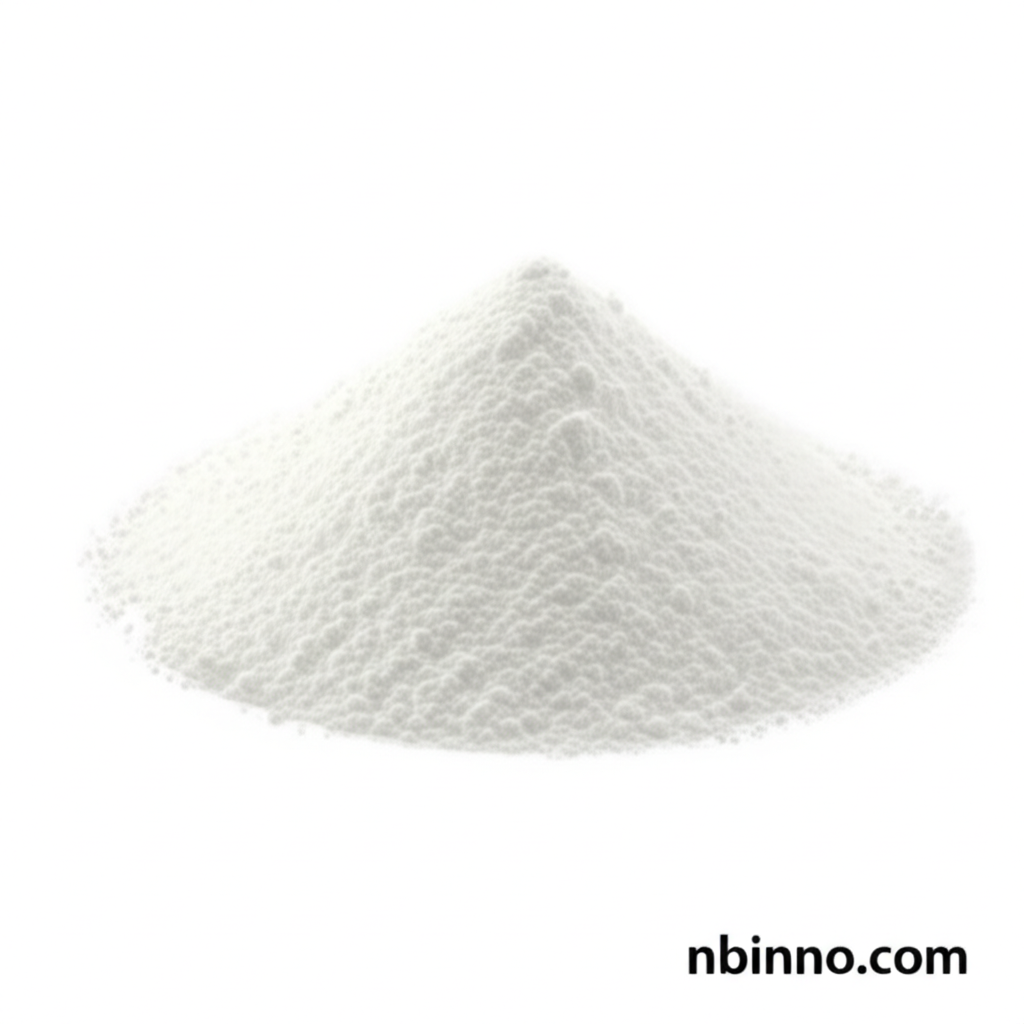High Purity 1,3-Bis(3-bromophenyl)benzene CAS 95962-62-2 for OLED Intermediates & Advanced Synthesis
Your essential building block for cutting-edge OLED materials and complex organic synthesis.
Get a Quote & SampleProduct Core Value

1,3-Bis(3-bromophenyl)benzene
As a critical component in the field of organic electronics, this compound serves as a vital OLED intermediate. Its structure makes it an excellent starting material for creating novel materials with tailored electronic properties, contributing to advancements in display and lighting technologies. The high purity ensures reliable performance in demanding synthetic pathways.
- Discover the role of 1,3-Bis(3-bromophenyl)benzene OLED intermediate in next-generation displays. This compound is instrumental in the synthesis of advanced materials required for efficient organic light-emitting diodes.
- Leverage high purity organic intermediate for robust chemical reactions. Ensuring a 97% minimum purity, this chemical provides consistency and predictability in complex organic synthesis processes.
- Explore the potential of brominated aromatic compounds in material science. The presence of bromine atoms offers reactive sites for further functionalization, enabling the creation of diverse molecular architectures.
- Investigate CAS 95962-62-2 synthesis for cutting-edge applications. This specific CAS number signifies a key building block for researchers and developers working on innovative electronic materials.
Key Advantages
Exceptional Purity
With a purity of 97% minimum, this 1,3-Bis(3-bromophenyl)benzene ensures reliable and reproducible results in your organic synthesis and OLED material development projects.
Versatile Building Block
The specific molecular structure of this brominated aromatic compound makes it an ideal starting point for a wide range of advanced organic reactions, facilitating the creation of complex molecules.
OLED Material Focus
As a recognized OLED intermediate, its application accelerates the development of next-generation display and lighting technologies, offering enhanced performance characteristics.
Key Applications
OLED Material Synthesis
Crucial for synthesizing hole transport materials, electron transport materials, and emissive layer components in OLED devices, supporting the pursuit of higher efficiency and longer lifetimes.
Advanced Organic Synthesis
Serves as a versatile building block for creating complex organic molecules, including pharmaceuticals, agrochemicals, and materials for electronic applications through various coupling and functionalization reactions.
Research & Development
A key reagent for academic and industrial researchers exploring novel organic compounds, probing reaction mechanisms, and developing new synthetic methodologies.
Electronic Chemical Intermediates
Its unique structure makes it valuable for the development of other electronic materials beyond OLEDs, such as organic semiconductors and conductive polymers.
